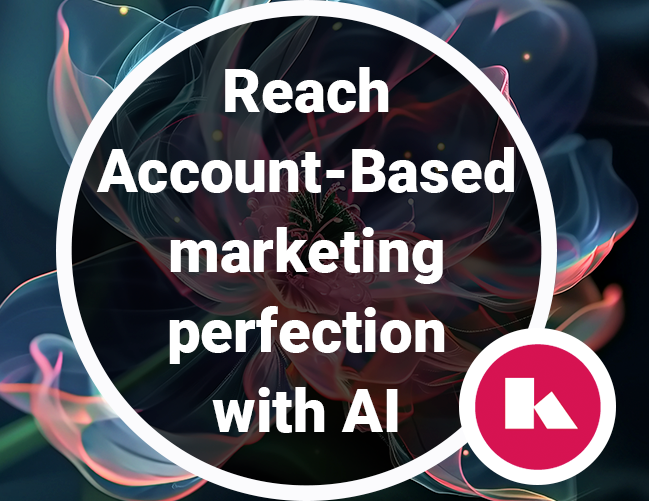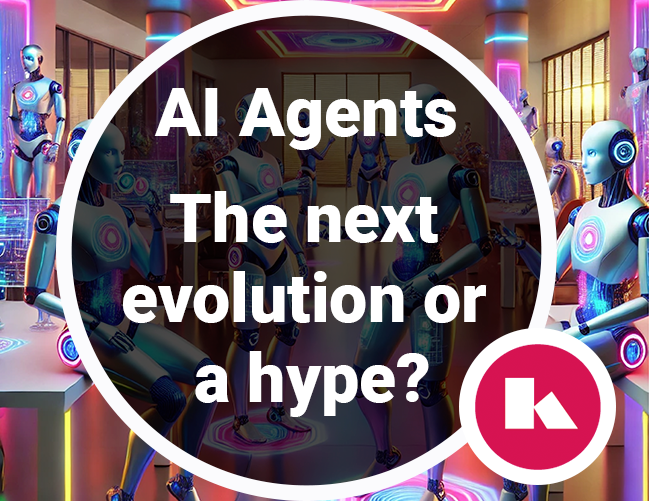The media industry is currently undergoing a transformative phase driven by the integration of Artificial Intelligence (AI). Leading media organisations are exploring innovative ways to incorporate AI into their operations, aiming to enhance the capabilities of journalists and streamline the content creation process. This technological shift promises to redefine the media landscape, presenting both significant opportunities and notable challenges. During the UK AI Summit in London, Reuters, BBC, and ITV provided insights into what AI means for the media industry, which we will reflect upon.
The media business is actively looking at how they can incorporate AI into their workflows. Generative AI (Gen AI) presents numerous opportunities to enhance news production, although it comes with certain pitfalls. Today, there are numerous AI tools available that make journalists’ lives easier, such as AI for video editing, automatic translation transcription, facial recognition, and third-party AI tools like ChatGPT, Adobe Firefly, Sora Beta, Luma, Runway, and many more. These tools create the possibilities to enable text-to-video transformations, synchronise audio with lip-sync, face swaps, and de-aging.
The opportinities
AI has the capability to significantly enhance the efficiency and creativity of journalists by automating repetitive tasks, allowing them to focus on more creative and impactful work. This reduction in rote work means that journalists can spend more time on in-depth reporting and investigative journalism, which are critical to their profession.
Furthermore, AI can introduce new forms of content that were previously not possible, such as interactive news stories, personalized news feeds, and dynamic visualizations. These innovative content formats can engage audiences in new and exciting ways, making the news more accessible and compelling.
Additionally, AI has the potential to transform journalism by catering to the evolving behaviours and needs of future audiences. By analysing audience data and preferences, AI can help journalists and media companies tailor their content to meet the specific interests and demands of their readers, viewers, and listeners. This ability to adapt and innovate ensures that journalism remains relevant and effective in a rapidly changing media landscape.
Reuters, for example, is starting to use generative AI integrating ChatGPT in the is leading their OpenArena software, to provide alert suggestions and headlines.
Their tools include:
- Alert Extractor: Suggests alerts and advises if a piece of information should be an alert.
- Headline Suggestions: Generates headline ideas to streamline content creation.
Pitfalls and Solutions
Despite the benefits, AI in journalism comes with challenges that need to be addressed:

Blackbox Issue
One of the primary challenges with integrating AI into journalism is the “blackbox” issue, where the inner workings of AI systems are not transparent. This lack of transparency can lead to mistrust and uncertainty about how content is generated. The solution to this problem is the implementation of a “human handbrake”—ensuring that all AI-generated content is reviewed by a human before publication. This oversight helps maintain the integrity and reliability of the content.
Accountability
Maintaining accountability is another critical concern. In an AI-driven newsroom, it is essential that journalists and editors remain responsible for the content produced. The solution lies in preserving human accountability, ensuring that AI serves as a tool to assist journalists rather than replace them. This approach reinforces the trustworthiness of the information provided to the public.
Ownership and IP Theft
The issue of ownership and intellectual property (IP) theft is significant, especially when AI generates or modifies content. To address this, it is vital to ensure proper attribution by linking back to the original authors of images or content. Creating content ethically and acknowledging sources prevents IP theft and maintains the integrity of the work.
Hallucinations
Hallucinations in AI refer to instances where the AI generates content that is not based on real data, potentially leading to misinformation. The BBC emphasizes the importance of transparency in this regard. Disclosing when AI has materially altered an image or created content is essential for maintaining trust. For example, if AI generates an image with dragons, viewers should be informed whether these elements are real or AI-created, although with dragons it is obvious. This transparency helps audiences discern between factual content and AI-generated alterations.
Accuracy
Accuracy is paramount in journalism, and AI-generated content must be held to the same standard. Implementing rigorous checks and human oversight can help ensure the accuracy of the content. This includes verifying facts, cross-checking information, and continuously monitoring AI outputs to prevent errors and maintain high-quality journalism.
Concluding, for the media trust is key. Media brands like BBC and ITV emphasize that the line must be drawn at misleading content. Ensuring that viewers can trust what they see is critical, and companies must be clever in how they manage and verify AI-generated content.
So, keep Human oversight: Always have a second pair of eyes review AI-generated content to ensure accuracy and accountability.
The Future
AI will enable journalists to focus on where real journalism should happen—talking to people and gathering firsthand stories. As AI increasingly handles data-heavy tasks like analysing financial data, journalists will be able to sift through large datasets efficiently. Additionally, AI will take over repetitive tasks, freeing journalists from mundane work and allowing them to be more creative and thorough in their reporting.

In the future the media companies see AI assistants becoming commonplace in our lives. People will decide what tasks can be offloaded to AI and what requires a human touch. New roles will emerge, such as AI model trainers and controllers, to manage these systems. In content production and consumption, AI will help deliver exactly what users want, whether it’s quick news updates in the morning or more detailed reports in the evening.
Kentivo’s Commitment
At Kentivo, we are aware of these challenges and are actively working within these guiding principles with our Mandy solution. We aim to leverage AI’s transformative power while ensuring ethical standards, transparency, and human oversight remain at the core of our approach.
Our commitment is to empower journalists and media organisations to harness AI’s potential responsibly, ensuring that the integrity and trustworthiness of journalism are upheld in the digital age.
If you’d like to further discuss the future role of AI in journalism, feel free to contact us at info@kentivo.com.
Recent Posts

Reach Account-Based Marketing perfection with AI
While Account-Based Marketing (ABM) may appear to be a natural evolution of targeted marketing, there’s much more...

AI Agents, the logical evolution that is hyped
Agents are the latest buzzword in AI, often positioned as the next evolution beyond Generative AI (GenAI). The concept...

Kentivo Group acquires Media Digitaal B.V. (MDInfo)
The Kentivo Group of companies is delighted to announce the acquisition of MediaDigitaal B.V. in Amsterdam, The...
